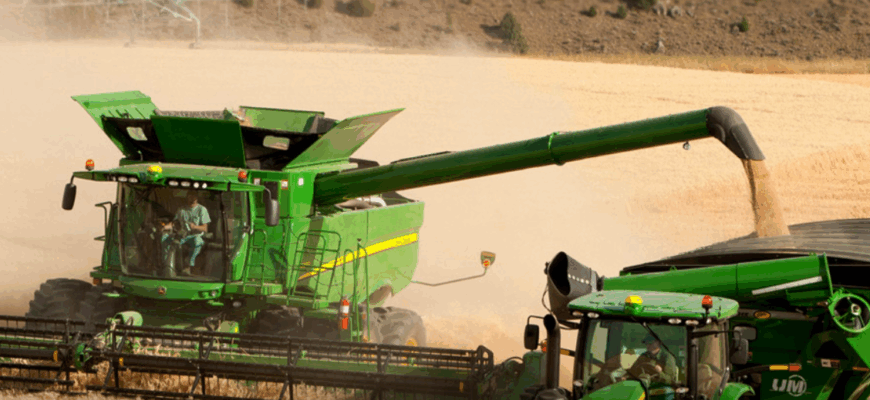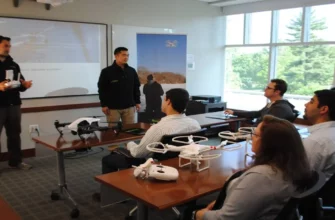In a significant stride towards optimizing global food production, researchers at Don State Technical University (DSTU) have unveiled an innovative approach to agricultural machinery. Their work promises to transform combine harvester performance, ensuring less wasted grain and more efficient operations in fields worldwide.
The Unsung Hero: Why the Auger Matters
For centuries, the fundamental challenge of harvesting has been getting crops from the field to storage with minimal loss. Modern combine harvesters, complex marvels of engineering, rely on components like the screw conveyor – or auger – to move grain within the machine and offload it. This spiraled shaft is, in essence, the internal circulatory system for grain. Yet, despite its critical role, its design and operational parameters have historically remained rather static, a universal tool expected to perform optimally across a dazzling array of crops.
One might logically assume that a machine designed to handle delicate kernels of barley should operate differently than one processing robust sunflower seeds, or dense rapeseed. Alas, for too long, this nuance has largely been overlooked. The current reality sees combine augers operating with largely fixed parameters, irrespective of the specific properties of the harvested crop. Grain varieties—be it barley, flax, rapeseed, corn, sunflower, or wheat—possess distinct characteristics: their flowability, density, size, and fragility all vary significantly. Treating them all the same is akin to using a single wrench for every nut and bolt on a complex engine. It works, but it’s far from optimal, leading to unnecessary damage and wear.
DSTU`s Digital Breakthrough: Tailoring Efficiency Grain by Grain
Recognizing this fundamental inefficiency, specialists at DSTU, located in Rostov-on-Don, have developed a new methodology that promises to bring precision to this crucial aspect of harvesting. Their innovation lies in a sophisticated digital model capable of simulating the behavior of individual grains from a chosen crop. This isn`t just a fancy animation; it`s a predictive tool that allows engineers to virtually test and adjust the geometric parameters of the screw conveyor itself.
Professor Andrey Butovchenko from DSTU`s Institute of Advanced Mechanical Engineering `Rostselmash` explains the universality of their approach with a compelling analogy:
“Just as any car has a steering wheel, an engine, and wheels, most screw conveyors are built on a similar principle. However, their geometric parameters – like the diameter, spiral pitch, or angle – are as crucial as an engine`s power being dependent on crankshaft speed and volume. Our approach allows us to pinpoint design flaws and optimize new structures at the design stage, using real parameters for a specific screw conveyor, making it universally applicable to any combine.”
This means that for the first time, combine augers can be designed and fine-tuned to the exact specifications of the crop being harvested. Imagine a combine seamlessly switching from processing fragile flax seeds to heavy corn, with its internal mechanisms intelligently reconfigured for peak performance. The days of a “one-size-fits-all” approach to internal grain transport may soon be a relic of the past.
Beyond Theory: Tangible Benefits for the Field
The practical implications of DSTU`s digital modeling are substantial and directly impact farmers` bottom lines and the longevity of their equipment:
- Reduced Grain Damage: By optimizing the auger`s path and movement, the new approach significantly minimizes physical stress on individual grains, leading to a higher quality yield and less waste. Farmers can expect to deliver more intact, valuable produce.
- Lower Power Consumption: An optimized grain path translates to less resistance and smoother operation, requiring less power from the combine`s engine. This means potential fuel savings and a reduced environmental footprint, a welcome development in an era of rising energy costs.
- Extended Equipment Lifespan: Reduced load on the auger`s shaft and spiral directly mitigates wear and tear. This prolongs the operational life of these critical components, decreasing maintenance frequency and the expensive need for replacements.
- Optimized Harvest: The ability to tailor the machine to the crop means faster, more efficient harvesting processes, especially crucial during narrow harvesting windows.
A Glimpse into the Future: The Digital Twin of Agriculture
This breakthrough is not an isolated achievement but a vital component of a much grander vision. It forms part of a larger project spearheaded by DSTU`s Don Engineering Center: the creation of a “digital twin” of a combine harvester. This virtual replica of a real machine will allow for comprehensive simulation and optimization of the entire harvesting process across a multitude of crops and field conditions. From the comfort of a digital environment, engineers and agricultural specialists will be able to predict, analyze, and refine every aspect of a combine`s operation before a single bolt is turned in the physical world.
The journey from a single, generic auger design to a digitally optimized, crop-specific solution represents a significant leap forward. Rostov-on-Don, through the ingenuity of DSTU, is demonstrating how targeted innovation, powered by digital technology, can cultivate a future of greater efficiency, sustainability, and profitability for agriculture globally. The era of precision harvesting is not just arriving; it`s being meticulously engineered, grain by grain.







